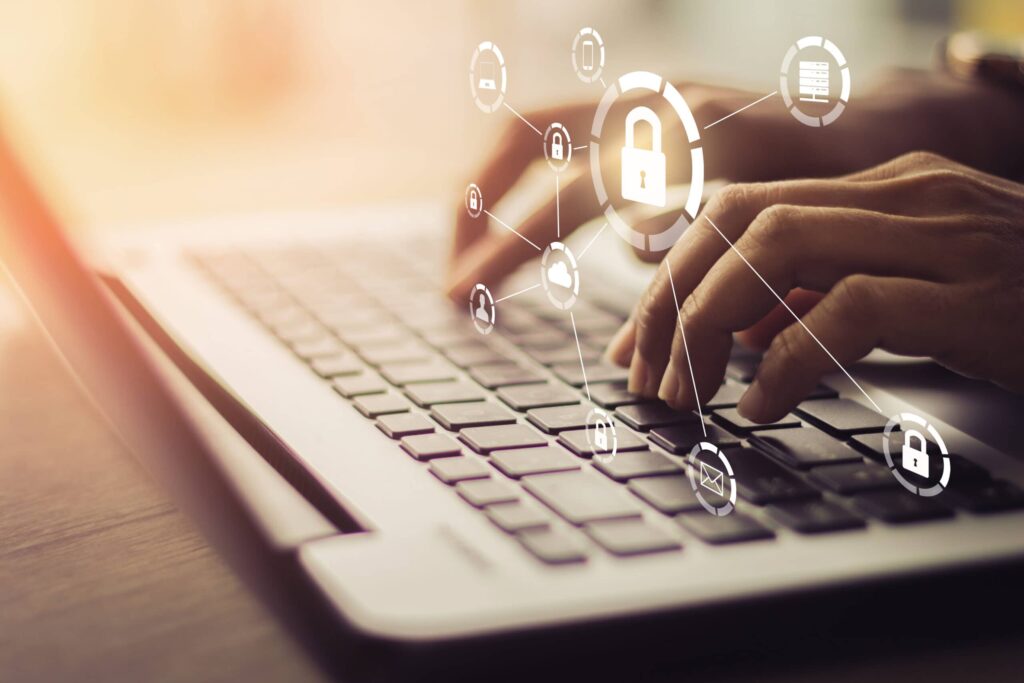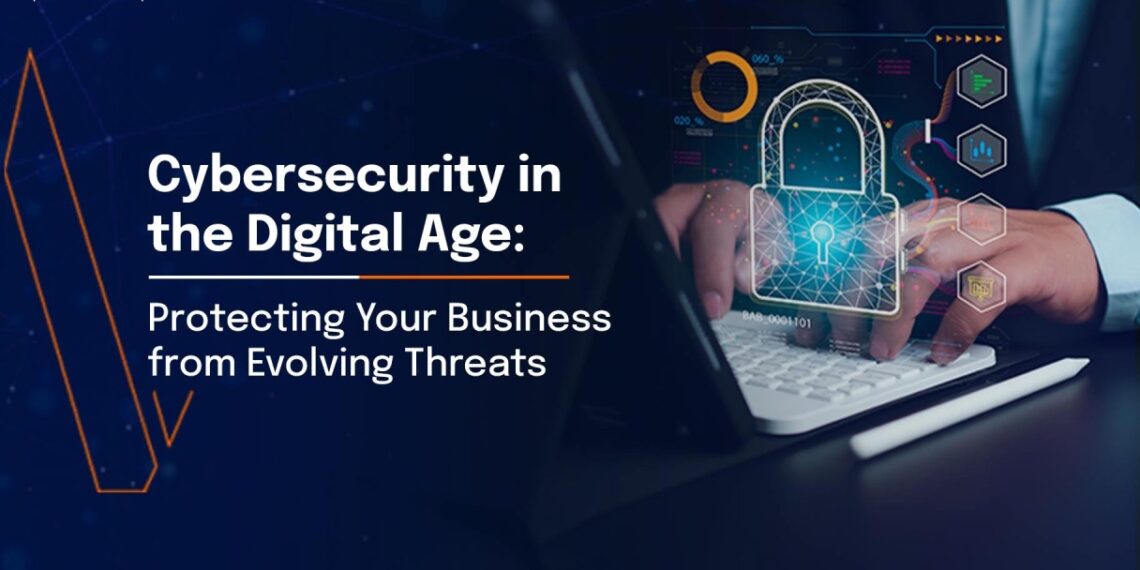In today’s hyperconnected world, the internet is not just a tool — it’s the backbone of modern life. From shopping and banking to social networking and remote work, we live, learn, and earn online. But as technology has evolved, so have the threats. Cybersecurity, once a niche concern for IT professionals, has become a critical issue for every individual and business.
This blog takes a deep dive into why cybersecurity matters, common threats, real-world examples, and practical steps you can take to safeguard your digital life.
Why Cybersecurity Matters
Cybersecurity is the practice of protecting systems, networks, and data from digital attacks. These attacks can steal sensitive information, disrupt services, or even cripple entire industries.
The stakes are higher than ever:
- In 2024, global cybercrime costs were estimated at $9.5 trillion and are projected to exceed $13 trillion by 2028.
- Cyberattacks now occur every 39 seconds on average.
- Around 60% of small businesses that suffer a cyberattack shut down within six months due to financial and reputational damage.
It’s no longer a matter of “if” but when you’ll encounter cyber threats.
The Biggest Cybersecurity Threats Today
Let’s break down the most common and dangerous forms of cyberattacks:
1. Phishing
Phishing emails or messages trick users into clicking malicious links or providing sensitive data. These scams often look legitimate, mimicking banks, government agencies, or even your employer.
- Example: In 2023, a massive phishing campaign targeted Microsoft 365 users, stealing credentials from thousands of business accounts.
2. Ransomware
Ransomware encrypts files and demands payment (often in cryptocurrency) for their release. It’s one of the fastest-growing forms of cybercrime.
- Example: The Colonial Pipeline attack (2021) shut down fuel supplies across the U.S. East Coast and forced the company to pay $4.4 million in ransom.
3. Malware & Viruses
Malware includes any software designed to harm systems — viruses, worms, spyware, and Trojans. They can steal data, spy on users, or take control of systems.
4. Social Engineering
This exploits human psychology rather than technology. Attackers manipulate victims into revealing confidential information or bypassing security protocols.
- Example: Pretending to be IT support and asking employees to “confirm” their login details.
5. Distributed Denial of Service (DDoS)
Hackers flood servers with traffic, making websites or applications unavailable. Businesses lose money and credibility when services go offline.
6. Insider Threats
Not all attacks come from the outside. Disgruntled employees or careless workers can expose systems to risks.
7. IoT Attacks
The rise of smart devices (cameras, thermostats, wearables) has opened new vulnerabilities. Many IoT devices have weak security, making them easy targets.

Real-World Examples of Cyber Attacks
To understand the seriousness of cybersecurity, let’s look at a few cases that shook the world:
- Yahoo Breach (2013–2014): 3 billion accounts were compromised, making it the largest breach in history. Usernames, passwords, and security questions were stolen.
- WannaCry (2017): This ransomware attack infected over 200,000 computers in 150 countries, crippling hospitals, banks, and companies.
- Equifax (2017): Hackers stole sensitive data of 147 million people, including Social Security numbers. The company paid $575 million in settlements.
- SolarWinds (2020): A sophisticated attack compromised U.S. government agencies and Fortune 500 companies by inserting malicious code into widely used software.
These incidents highlight a critical truth: no one is immune. Individuals, small businesses, and global corporations are all targets.
The Human Factor: Why We’re the Weakest Link
Despite firewalls, encryption, and advanced AI tools, humans remain the easiest entry point for hackers. Weak passwords, clicking suspicious links, or failing to update software create vulnerabilities.
Some eye-opening stats:
- 80% of data breaches are linked to weak or reused passwords.
- 1 in 3 employees admit to clicking on phishing links at work.
- 95% of cyberattacks are caused by human error.
Cybersecurity is not just about technology — it’s about awareness and behavior.
Cybersecurity for Individuals
You don’t have to be a tech wizard to protect yourself online. Here are practical steps everyone should take:
- Use Strong, Unique Passwords
- At least 12–16 characters long.
- Mix uppercase, lowercase, numbers, and symbols.
- Avoid using birthdays, names, or “123456.”
- Use a password manager like LastPass, Bitwarden, or 1Password.
- Enable Two-Factor Authentication (2FA)
Add an extra layer of security to your accounts. Even if a hacker steals your password, they’ll need your phone or token. - Update Software Regularly
Hackers exploit outdated systems. Turn on auto-updates for your OS, apps, and antivirus. - Be Wary of Public Wi-Fi
Avoid banking or shopping on public networks. Use a VPN (Virtual Private Network) to encrypt your connection. - Back Up Your Data
Store copies of important files on external drives or cloud storage. This can save you in case of ransomware. - Think Before You Click
If an email or message feels suspicious, it probably is. Verify links and attachments before opening.
Cybersecurity for Businesses
For companies, the stakes are even higher. A breach can cost millions, damage reputation, and result in legal consequences. Here are essential strategies:
- Employee Training
Regular workshops on spotting phishing, handling data, and practicing safe browsing can reduce risks dramatically. - Access Control
Limit access to sensitive data. Employees should only have access to the information necessary for their roles. - Regular Security Audits
Conduct penetration testing and vulnerability scans to identify weak points before hackers do. - Data Encryption
Encrypt sensitive data at rest (stored) and in transit (shared). - Incident Response Plan
Have a step-by-step strategy ready: who to contact, how to isolate systems, and how to communicate with stakeholders. - Multi-Layered Security
Firewalls, intrusion detection systems, endpoint protection, and secure cloud services should work together. - Regulatory Compliance
Adhere to frameworks like GDPR, HIPAA, or ISO 27001, depending on your industry. Non-compliance can lead to hefty fines.
Emerging Trends in Cybersecurity
The landscape of cybersecurity is constantly shifting. Here’s what’s shaping the future:
1. Artificial Intelligence (AI)
AI is a double-edged sword. While companies use it to detect threats faster, hackers use it to create smarter phishing attacks and malware.
2. Zero Trust Architecture
“Never trust, always verify.” This model assumes every device and user could be a threat, requiring continuous authentication.
3. Cloud Security
With more businesses moving to the cloud, securing cloud data and applications has become critical. Expect stronger cloud-native security tools.
4. Quantum Computing Threats
While still in early stages, quantum computing could one day break traditional encryption. Companies are already exploring post-quantum cryptography.
5. Cyber Insurance
As attacks grow, more businesses are investing in insurance to mitigate financial risks from breaches.
6. Biometric Authentication
Fingerprint scans, facial recognition, and even behavioral biometrics (like typing patterns) are replacing passwords.
Final Thoughts: Security Is Everyone’s Responsibility
Cybersecurity is not just the job of IT teams or governments — it’s everyone’s responsibility. Whether you’re a student, a CEO, or a retiree, your actions online have consequences.
The digital world offers incredible opportunities, but it also comes with risks. The good news is that most cyberattacks are preventable with basic awareness, proactive habits, and the right tools.
In the same way you lock your doors at night, it’s time to lock your digital life. Because in the age of cybercrime, safety online is freedom offline.
















